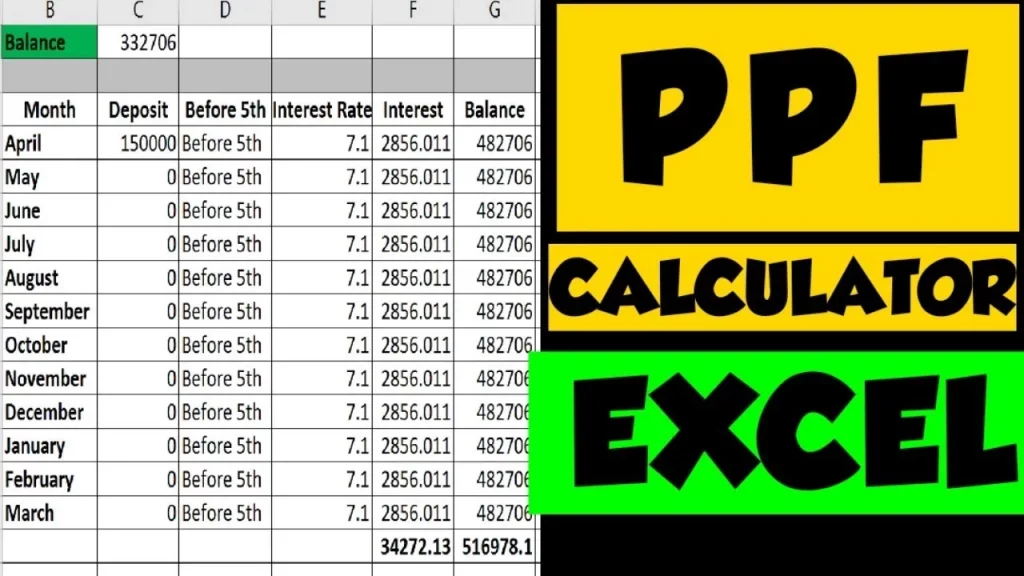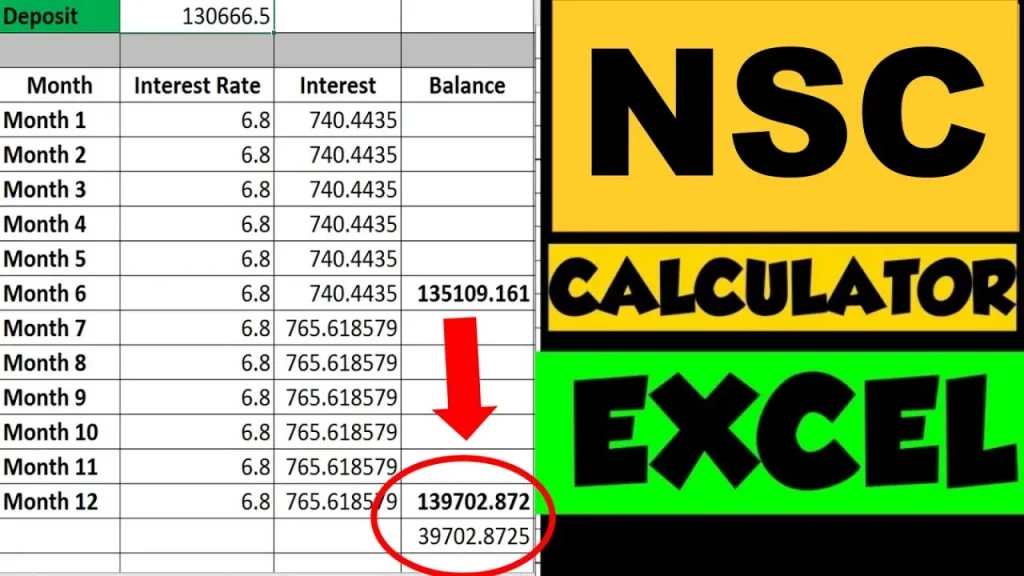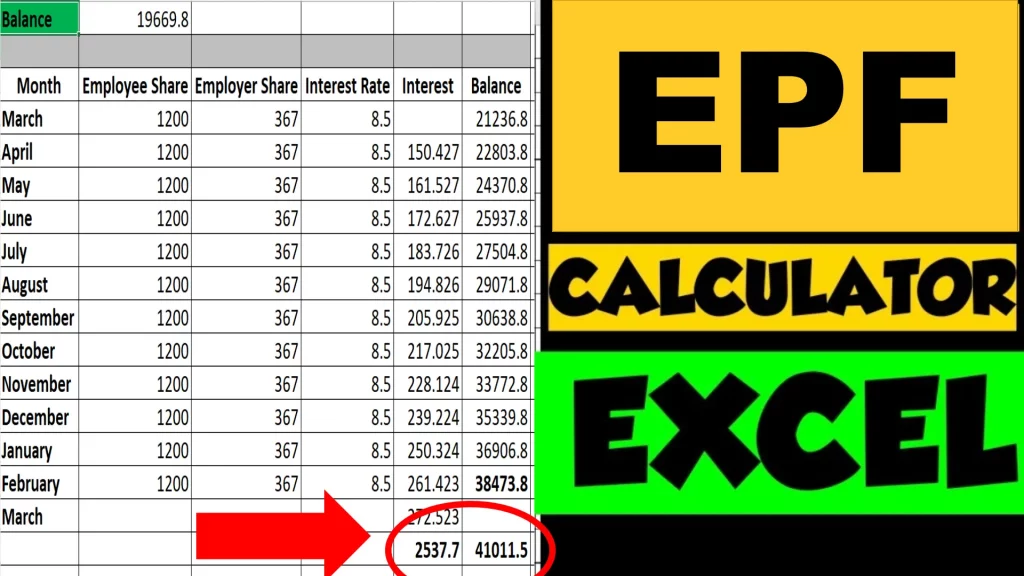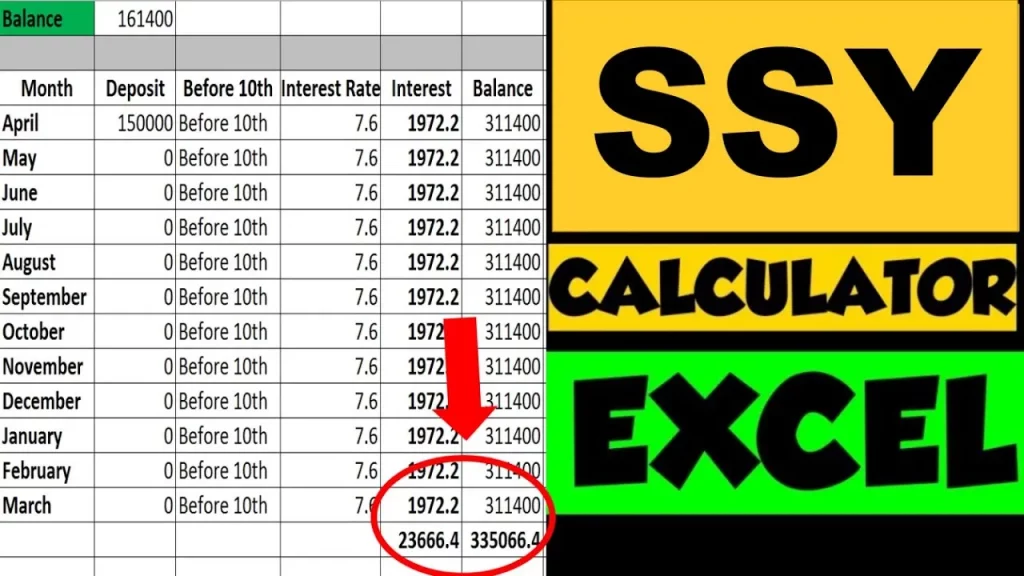You can Retire Early in India with ₹1 Crore provided, you reach the 1 Crore corpus amount, live below your means for next 15 to 20 years, make your money work for you and managing a frugal lifestyle. For a single or couple without any other family members, the ₹1 Crore amount seems to be a good number to retire early if your monthly expenses are within ₹30K. You can use 3.5% to 4% withdrawal rule, based on the SWP (Systematic Withdrawal Plan) strategy to cover your monthly and yearly expenses.
Let’s explore blueprint of how to retire early in India with ₹1 Crore corpus amount.
You can also download the Retirement Calculator in excel to calculate and plan for your retirement:
- “₹1 Cr is doable, but only with a lean lifestyle and smart investing”
- FIRE Corpus vs. Monthly Expenses: A Comparison Table
- “The 4% rule is risky in India — consider 3.5% or lower”
- “Healthcare can derail your FIRE plan — plan separately”
- “Should I include my house in the ₹1 Cr corpus?”
- “How should I invest my ₹1 Cr corpus for early retirement?”
- Frequently Asked Questions (FAQs)
“₹1 Cr is doable, but only with a lean lifestyle and smart investing”
First step is to understand whether you can reach the ₹1 Crore portfolio amount/ For individuals or couples living in Tier-2 or Tier-3 cities, ₹1 crore can be a lean or strict, but workable FIRE number. However, it requires strict budgeting, disciplined investing, and a minimalist lifestyle.
Below are some of the points you should consider to reach ₹1 Crore amount.
Key considerations:
- City of residence: Smaller cities offer lower rent, food, and transport costs
- Family structure: Single individuals or couples without dependents fare better
- Lifestyle: Frugal living, no EMIs, and limited discretionary spending
- Health planning: Must be proactive to avoid medical shocks
ALSO READ: 5 Golden Rules of Finance
FIRE Corpus vs. Monthly Expenses: A Comparison Table
Below is the table that helps you understand what is the FIRE corpus required based on the monthly or yearly expenses:
| Monthly Expense | Annual Expense | FIRE Corpus Needed (4% Rule) |
|---|---|---|
| ₹25,000 | ₹3,00,000 | ₹75 Lakh |
| ₹30,000 | ₹3,60,000 | ₹90 Lakh |
| ₹35,000 | ₹4,20,000 | ₹1.05 Cr |
| ₹40,000 | ₹4,80,000 | ₹1.2 Cr |
So as seen in above table, ₹1 crore is suitable for those targeting ₹30K–₹35K in monthly expenses. Anything higher may require a larger corpus or supplemental income.
In case your expenses are within ₹30K, then you should be able to sustain your life with ₹1 Crore amount in mutual funds from where you can withdraw 4% annually.
ALSO READ: 3 Steps to get 2.5 Lakh Monthly Income using SWP
“The 4% rule is risky in India — consider 3.5% or lower”
While the 4% rule is a popular benchmark in Western countries, Indian FIRE enthusiasts often recommend a 3–3.5% withdrawal rate due to:
- Higher inflation (6–7%)
- Unpredictable healthcare costs
- Market volatility
Safer withdrawal strategies:
- 3.5% rule: Withdraw ₹3.5 lakh/year from ₹1 Cr corpus (~₹29K/month)
- Dynamic withdrawal: Adjust spending based on market returns
- Side income: Freelancing or part-time work to reduce pressure on corpus
You can make use of SWP (Systematic Withdrawal Plan) to withdraw the amount every month or quarter systematically to cover your expenses. Download the SWP Excel Calculator using below link:
“Healthcare can derail your FIRE plan — plan separately”
Medical expenses are one of the biggest threats to a lean FIRE plan. A single hospitalization can wipe out years of savings if not insured. you can already see the medical expenses going up with time and infinite number of diseases being introduced on this planet Earth. Medical Insurance can help you have a cushion to reduce the medical expenses.
Must-haves:
- Health insurance: ₹10–15 lakh individual or family floater
- Emergency fund: ₹3–5 lakh in liquid assets for medical or personal emergencies
“Should I include my house in the ₹1 Cr corpus?”
Most financial planners advise excluding your primary residence from your FIRE corpus unless:
- You plan to rent it out for income
- You’re willing to downsize or liquidate it later
Pros of owning:
- No rent burden
- Emotional security
Cons:
- Not income-generating
- High maintenance and property tax
- Locks up capital that could be invested
So if you are owning a house already and is self occupied, you should not consider it within your ₹1 Crore corpus fund. But if the property is rented, than yes, you can sell it anytime and can be considered within your corpus amount. But remember that house property is not a highly liquid property, so it takes time to liquidate.
ALSO READ: Home Loan Repayment Tips
“How should I invest my ₹1 Cr corpus for early retirement?”
Now coming to the most important question – how should you invest this 1 Crore corpus amount, to get monthly income to cover your expenses?
A balanced, diversified portfolio is essential to make ₹1 crore last 30–40 years. Here’s a sample allocation:
| Asset Class | Allocation | Purpose |
|---|---|---|
| Equity Mutual Funds | 50% | Long-term growth, inflation hedge |
| Debt Funds/Bonds | 40% | Stability and regular income |
| REITs/InvITs | 5% | Passive income, diversification |
| Gold/Global Equity | 5% | Hedge against INR depreciation |
Pro tip: Use SWP (Systematic Withdrawal Plans) from mutual funds to generate monthly income.
Frequently Asked Questions (FAQs)
Can I retire at 40 with ₹1 crore in India?
Yes, if your monthly expenses are under ₹30K and you invest wisely. But you’ll need to plan for 40+ years of inflation and market cycles.
What’s the safest withdrawal rate for Indian conditions?
3.5% is considered safer than 4% due to higher inflation and healthcare costs.
Should I work part-time after FIRE?
Many FIRE achievers do. It reduces withdrawal pressure and keeps you mentally engaged. And retiring does not mean you completely stop working, you can work on your passion that can provide you passive income.
How do I protect my corpus from inflation?
Invest in equity, rebalance annually, and avoid keeping too much in cash or low-yield FDs. It is important to maintain the balance between equity and debt funds to regularly cover your expenses during your retirement phase, and also to grow your money with time.
Is ₹1 crore enough for a family of four?
It’s tight. For a family in a metro, ₹2–3 crore may be more realistic. ₹1 crore suits singles or couples in low-cost cities. With a family of four and based on the city of living, you might need 50K to 60K at least, in which case, you need to accumulate 2-3 crore corpus amount to cover expenses and grow money during your retirement phase.
Conclusion: ₹1 Crore Can Work — But It’s a Lean FIRE Path
Retiring early in India with ₹1 crore is possible — but it’s not for everyone. It requires frugal living, smart investing, and a strong safety net. If you’re disciplined and flexible, this corpus can buy you decades of freedom.
Track your expenses, plan for inflation, and revisit your strategy annually. FIRE isn’t about luxury — it’s about freedom, time, and peace of mind.
Some more Reading:
Save Home Loan Interest Amount!
Use Home Loan Excel Calculator that will help you to Save Interest Amount on Home Loan EMI.
Click below button to download Home Loan EMI and Prepayment Calculator in Excel:
Watch how Home Loan Calculator in Excel Works
Income Tax Calculator App – FinCalC
For Income Tax Calculation on your mobile device, you can Download my Android App “FinCalC” which I have developed for you to make your income tax calculation easy.
What you can do with this mobile App?
- Calculate Income Tax for FY 2025-26 and previous FY 2024-25
- Enter estimated Investments to check income tax with Old and New Tax Regime
- Save income tax details and track regularly
- Know how much to invest more to save income tax
- More calculators including PPF, SIP returns, Savings account interest and lot more

Use Popular Calculators:
- Income Tax Calculator
- Home Loan EMI Calculator
- SIP Calculator
- PPF Calculator
- HRA Calculator
- Step up SIP Calculator
- Savings Account Interest Calculator
- Lump sum Calculator
- FD Calculator
- RD Calculator
- Car Loan EMI Calculator
- Bike Loan EMI Calculator
- Sukanya Samriddhi Calculator
- Provident Fund Calculator
- Senior Citizen Savings Calculator
- NSC Calculator
- Monthly Income Scheme Calculator
- Mahila Samman Savings Calculator
- Systematic Withdrawal Calculator
- CAGR Calculator
I’d love to hear from you if you have any queries about Personal Finance and Money Management.
JOIN Telegram Group and stay updated with latest Personal Finance News and Topics.
Download our Free Android App – FinCalC to Calculate Income Tax and Interest on various small Saving Schemes in India including PPF, NSC, SIP and lot more.
Follow the Blog and Subscribe to YouTube Channel to stay updated about Personal Finance and Money Management topics.





